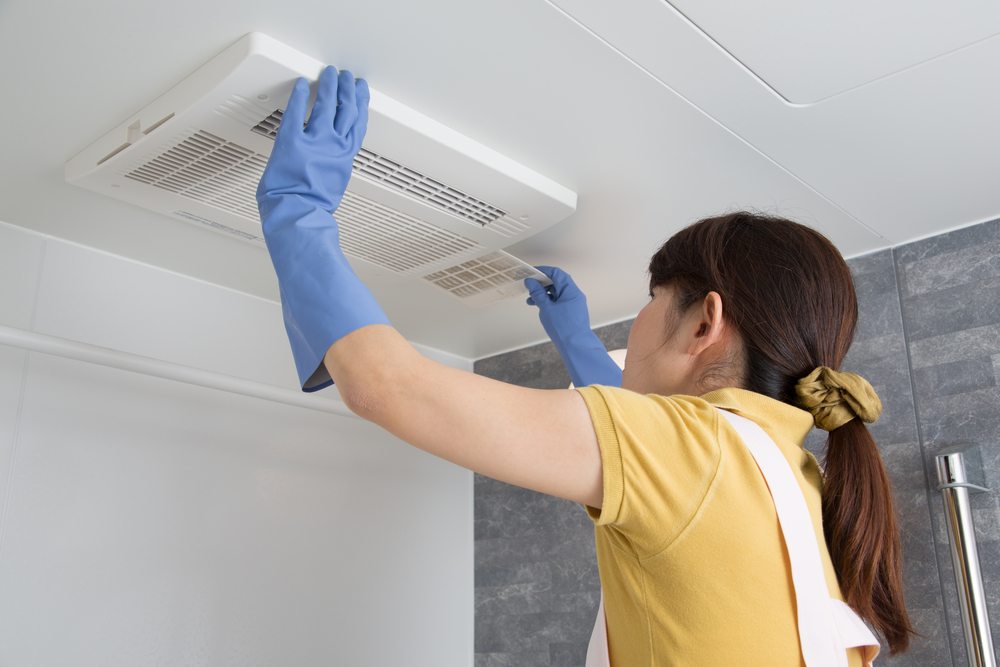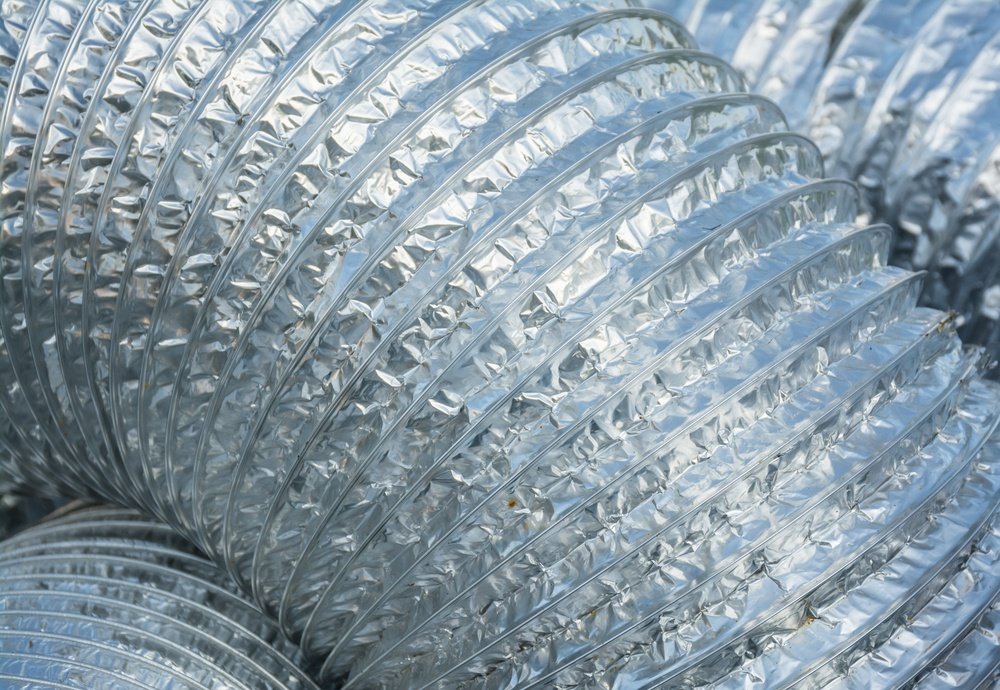Duct Conditions: How Bad Ducts Could Be Increasing Your Energy Bill

Why is it important to test the condition of your air ducts? Leaky or dirty ducts can lead to a “sick house”, thanks to the dirt, mold and mildew that piles up and contaminates the air quality in your home. People who live long-term in houses with poor quality ducts can develop symptoms such as headaches, nausea, and allergies. Some ducts are more likely to develop mold and mildew buildup, especially sheet metal ducts, so be aware when checking the condition of yours.
As if these reasons weren’t enough, leaky or damaged ducts can also put a dent in your wallet! Ducts in bad condition can reduce the efficiency of your heating and cooling system by around 20 percent. With bad ducts, you’ll have to use more energy to be comfortable in your home. That means a higher energy bill! But fear not, simple tests can determine whether action is needed to fix your ducts.
How to Test the Condition of Ducts
A contractor or technician should be contacted to be sure that the correct equipment is used properly to test your ducts. These skilled professionals will use one of two methods to test your ducts: the pressurization subtraction method or the duct testing method.
Pressurization Subtraction Method This type of test uses a high-powered fan set up in a doorway connected to pressure gauges to first pressurize the space and then pressurize the space again with the air duct cut off.
Duct Testing Method This more accurate method uses a calibrated fan to pressurize only the ducts and determine the airflow to identify any potential leaks. The fan is powered on to pressurize the area, and then the pressure is read from gauges and converted to determine a leakage rate in cubic feet per minute. Using this method, you should be able to tell whether a duct needs to be sealed or completely replaced depending on the level of air loss.

When Should Ducts Be Tested?
Ducts can be checked at any time, however in certain situations, it’s a necessity. If you’re replacing a heating or cooling system in your home, it makes sense to test the ducts first. A new system will not improve the quality of your ducts. If you were having problems before, you will continue to have problems even after the replacement.
How to Repair Damaged Ducts
Once you’ve determined there is an issue with your ducts, a contractor will be able to tell you whether they need to be sealed, repaired, or renovated.
Sealing Ducts This process uses materials to seal the air leaks within ducts, thus preventing air loss and contaminated materials from entering the duct.
Repairing Ducts Sometimes, ducts can become detached from one another or simply need a replacement part as opposed to replacing the entire duct. This is usually identified by a great loss of airflow during the pressurization tests.
Renovating Ducts If the contractor determines the duct system is in incredibly poor condition, he or she may suggest you replace the entire system or portions of it. This can be done to increase the size of the duct and therefore increase airflow or simply to restore your duct system to its proper operation.
Even if you take care of your heating and cooling systems, don’t neglect your air ducts! The condition of your ducts has a direct impact on how much you are spending on your energy bill. Regularly check your ducts to help you avoid mold or mildew and increase the airflow in your home.


